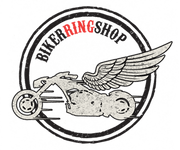Crocodile Belts
Cognac Crocodile Leather Belt
$119.00
Vintage Grey Genuine Crocodile Belt
$99.00
Sold out
Creamy Crocodile Mens Belts
$177.00
Black Stomach Crocodile Belt
$179.00
Sold out
Ivory White Genuine Crocodile Belt
$99.00
Sold out
Orange Genuine Crocodile Skin Leather Mens Belts
$175.00
Sold out
Cognac Crocodile Belts
$89.00
Sold out
Bone Dark Brown Crocodile Belt
$119.00
Sold out
Dark Brown Crocodile Belt
$99.00
Sold out
Woven Crocodile Mens Belt
$99.00
Sold out
Shiny Dark Brown Belly Crocodile Belt
$107.00
Sold out
Black Genuine Crocodile Backbone Leather Men's Belts
$157.00
Sold out
Brown Genuine Crocodile Skin Belt
$157.00
Sold out























